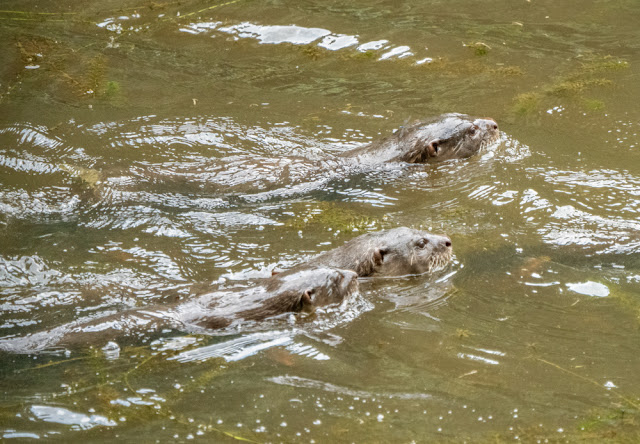A 19th century specimen of Cotham Marble, a Triassic microbialite

Cotham Marble from near Bristol is far from uncommon, but old museum specimens of the material are rarely seen. One such 19th century specimen is illustrated below. The chain of ownership runs from John I. Legro (1842-1923) to Hugh A. Ford (1885-1966) to Eugene Carmichael and the A.E. Seaman Mineral Museum (named for professor Arthur Edmund Seaman, 1858-1937). Sowerby (1811, p. 41) illustrated a similar polished slab of Cotham Marble (his TAB. CCCXXV), shown below. He wrote, ' Cotham, near Bristol, affords this remarkably figured Marle, which, according to the Bristol Guide, you may often imagine is a fine drawing. It is a curious formation of Marle and Clay, chiefly stained by Iron, and perhaps occasionally by Manganese, forming, by settling moisture under peculiar circumstances, the top undulations, sometimes representing clouds in a sky, while the bottom imitates earth and water as in landscapes. The fanciful figure to themselves in this something like a boat and men in one part




